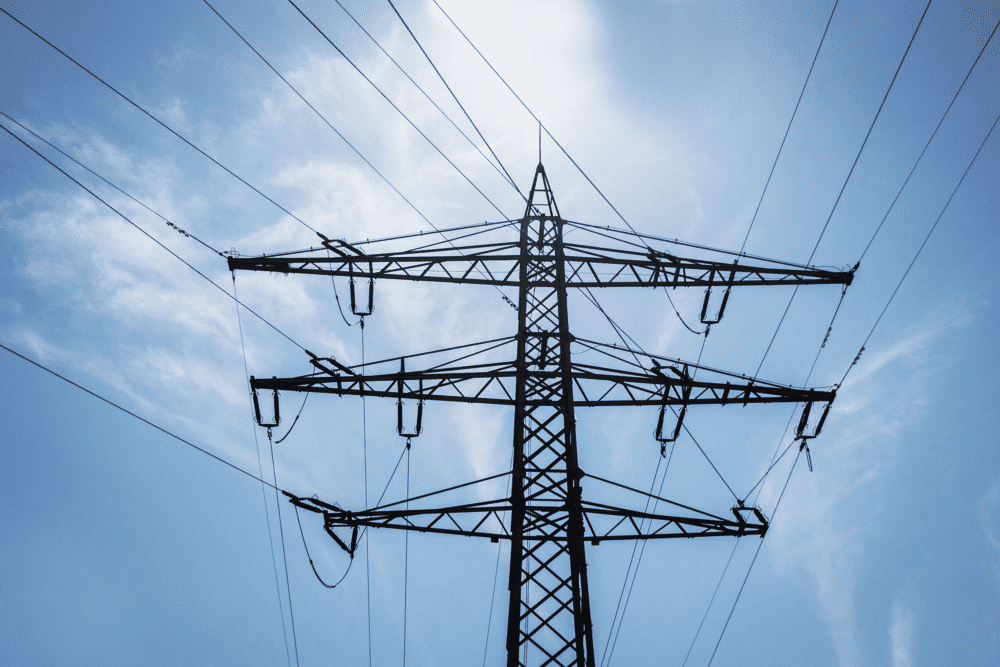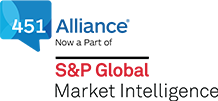
Source: Yulia-Images/Moment/Getty images.
The 28th edition of CIRED (Congrès International des Réseaux Electriques de Distribution) took place from June 16–19, 2025, in Geneva. As one of the world’s leading conferences on electricity distribution, CIRED 2025 brought together over 2,654 visitors, 1,022 presentations and 129 exhibitors, including major players in the utility, industrial and technology sectors. The conference highlighted key themes such as AI, IoT, grid modernization, sustainability and local energy solutions, reflecting the industry’s commitment to decarbonization and climate resilience.
Context
CIRED is a biennial event, alternating with the CIGRE (Conseil International des Grands Réseaux Électriques) conference, and serves as a platform for industry leaders to discuss the latest trends and technologies in electricity distribution. The 2025 edition marked a shift in focus compared with the 2023 conference, with increased emphasis on grid modernization and local energy solutions. The event featured top OT vendors such as Siemens AG, Hitachi Energy, ABB Ltd., Hyundai Electric, Eaton Corp. PLC, Schneider Electric SE, GE Vernova Inc., DuPont and others. On the IT side, Huawei showcased its AI-powered Intelligent Distribution Solution, joined by companies like Jetpack.AI, IQGeo, Ogre AI and Esri, all offering digital tools for grid optimization. Dutch Power, a collaborative platform representing Dutch innovators in electricity distribution and the energy transition, was also present.
Key themes and focus areas
AI, IoT and grid modernization
AI and IoT technologies were featured as tools for enhancing grid efficiency and resilience. Huawei presented its Intelligent Distribution Solution (IDS), which integrates AI, IoT, and edge computing to support real-time monitoring, predictive maintenance and faster fault detection through high-speed power line communication. NET2GRID, a Dutch AI company, showcased its smart meter analytics platform, enabling utilities to extract detailed insight from household energy data for forecasting and demand-side management. Other companies included Jetpack.AI with asset health monitoring, IQGeo with geospatial IoT integration, Ogre AI offering predictive analytics and Esri with GIS (geographic information system)-based infrastructure tools. Collectively, these solutions reflect a growing emphasis on data-driven approaches to managing increasingly complex and decentralized energy systems.
Sustainability and local energy solutions
Sustainability was a central theme, underscoring the industry’s growing commitment to decarbonization and climate resilience. The event emphasized the need for cross-sector collaboration to implement scalable, low-carbon infrastructure. A standout example was the GeniLac project by Services Industriels de Genève, which is transforming Geneva’s energy landscape by using the deep, cool waters of Lake Geneva to provide renewable heating and cooling. Water is drawn from 45 meters deep at 7° C and returned at a controlled temperature to protect the lake’s ecosystem. The system already serves major sites like Genève Aéroport — cutting 5,300 metric tons of CO₂ and saving 2 million liters of fuel oil annually — and Palexpo, with Hôpitaux Universitaires de Genève set to join in 2030. With 140 MW of capacity reached by 2022 and a target of 350 buildings by 2035, GeniLac demonstrates how local renewable resources can power a resilient, low-carbon urban future.
Urban electrification and grid infrastructure
Another key area of interest was urban electrification and grid infrastructure, driven by the growing integration of EV chargers, photovoltaics (PV) and other distributed energy resources. Urban environments, particularly brownfield developments, often face constraints such as limited transformer capacity, highlighting the importance of scalable planning tools like Siemens’ Total Integrated Power. While companies like Alfen NV touched on the need for energy management system (EMS) standards to ensure interoperability between PV systems, EV charging and storage, there is a broader industry push to address the challenges and opportunities presented by vehicle-to-grid integration. V2G enables bidirectional energy flow between EVs and the grid, offering potential benefits such as peak shaving, frequency regulation and enhanced grid resilience. However, its deployment remains limited due to regulatory uncertainty, lack of standardized communication protocols and insufficient low-voltage network visibility.
Additionally, the electrification of truck and bus depots is becoming a critical challenge in urban energy planning due to high power demands, concurrent charging needs and space limitations. These depots require strong grid connections, intelligent charging systems, and real-time energy management to avoid local network overloads. Momentum is building in the logistics and transportation sector: According to 451 Research’s 2025 Supply Chain Digital Transformation Enterprise survey, 48% of carriers have already adopted EVs, 34% plan to do so within the next year and 17% have no plans to switch.
To support this transition, utilities and technology providers are increasingly exploring smart charging infrastructure, dynamic load management and cross-sector collaboration to ensure that EVs can serve not only as transportation assets but also as distributed energy resources. Expanding on Alfen’s point, the development of open EMS standards and grid-aware charging strategies will be critical to unlocking the full potential of V2G and ensuring a flexible, efficient and resilient urban grid.
Flexibility and grid edge intelligence
Flexibility emerged as a cross-cutting theme, with growing recognition that real-time responsiveness at the grid edge is essential for balancing supply and demand in a decentralized energy landscape. Itron Inc. showcased distributed intelligence solutions that enable real-time insight from distributed energy resources (DERs) and behind-the-meter assets, supporting demand-side flexibility and local energy balancing. Schneider Electric demonstrated its EcoStruxure ADMS and One Digital Grid Platform, which integrate AI and IoT to enhance operational efficiency and grid resiliency. Microsoft Corp., in collaboration with Itron and Schneider, provided the cloud-based AI and data integration layer to support edge analytics and DER orchestration. These solutions, along with digital twins and AI-based forecasting, reflect a growing industry shift toward intelligent, responsive low-voltage networks.
Cybersecurity and interoperability
As digitalization accelerates, so do concerns about cybersecurity and interoperability. Siemens emphasized secure-by-design architecture and interoperable platforms within its grid automation and digital substation offerings. An element of this strategy is SIPROTEC, Siemens’ smart digital protection system, which is designed to support the safe and reliable delivery of energy through advanced protection, automation and monitoring capabilities. ABB focused on cybersecurity in OT environments, particularly in substation automation and remote asset management, while Hitachi Energy presented AI-enhanced threat detection and secure data exchange systems. These efforts underscore the need for robust, standardized communication protocols and regulatory alignment to ensure that digital grid solutions remain resilient and future-proof.
Want insights on smart car technology and automotive industry trends delivered to your inbox? Join the 451 Alliance.

